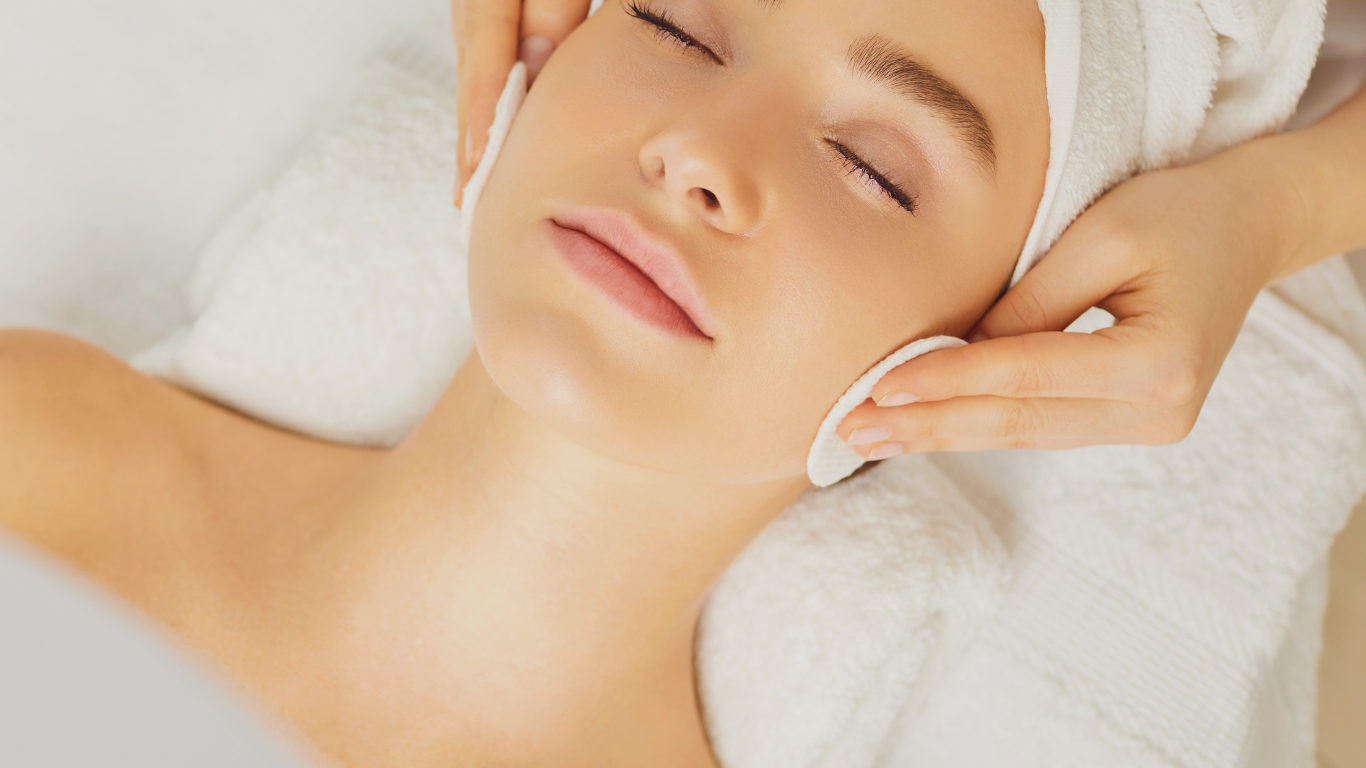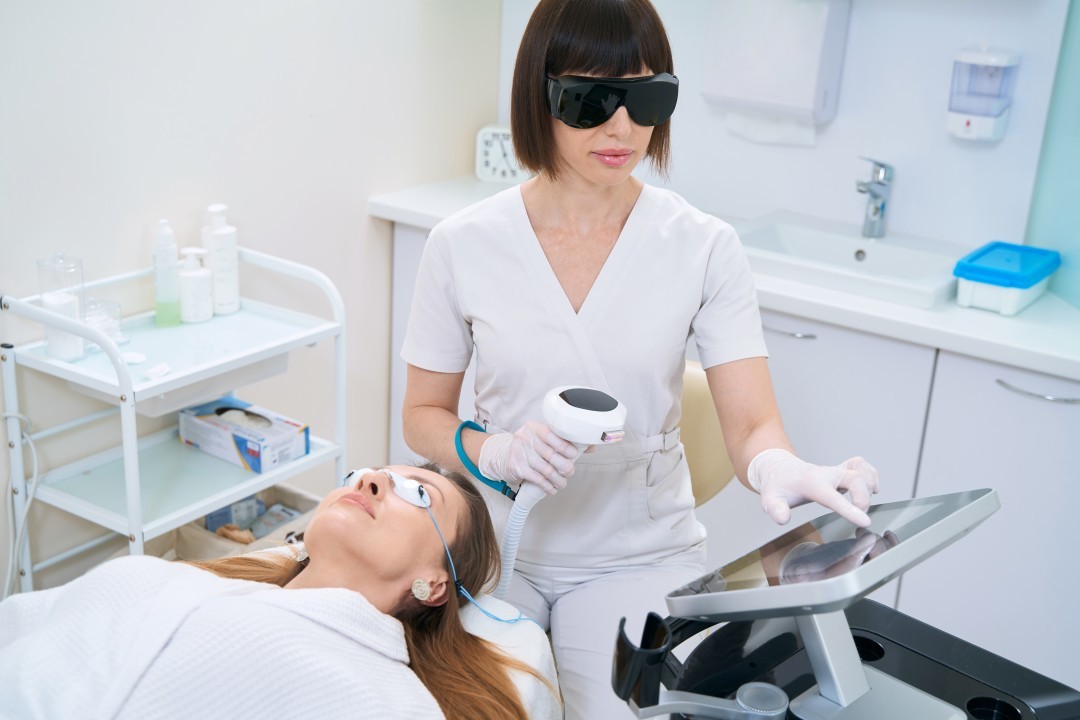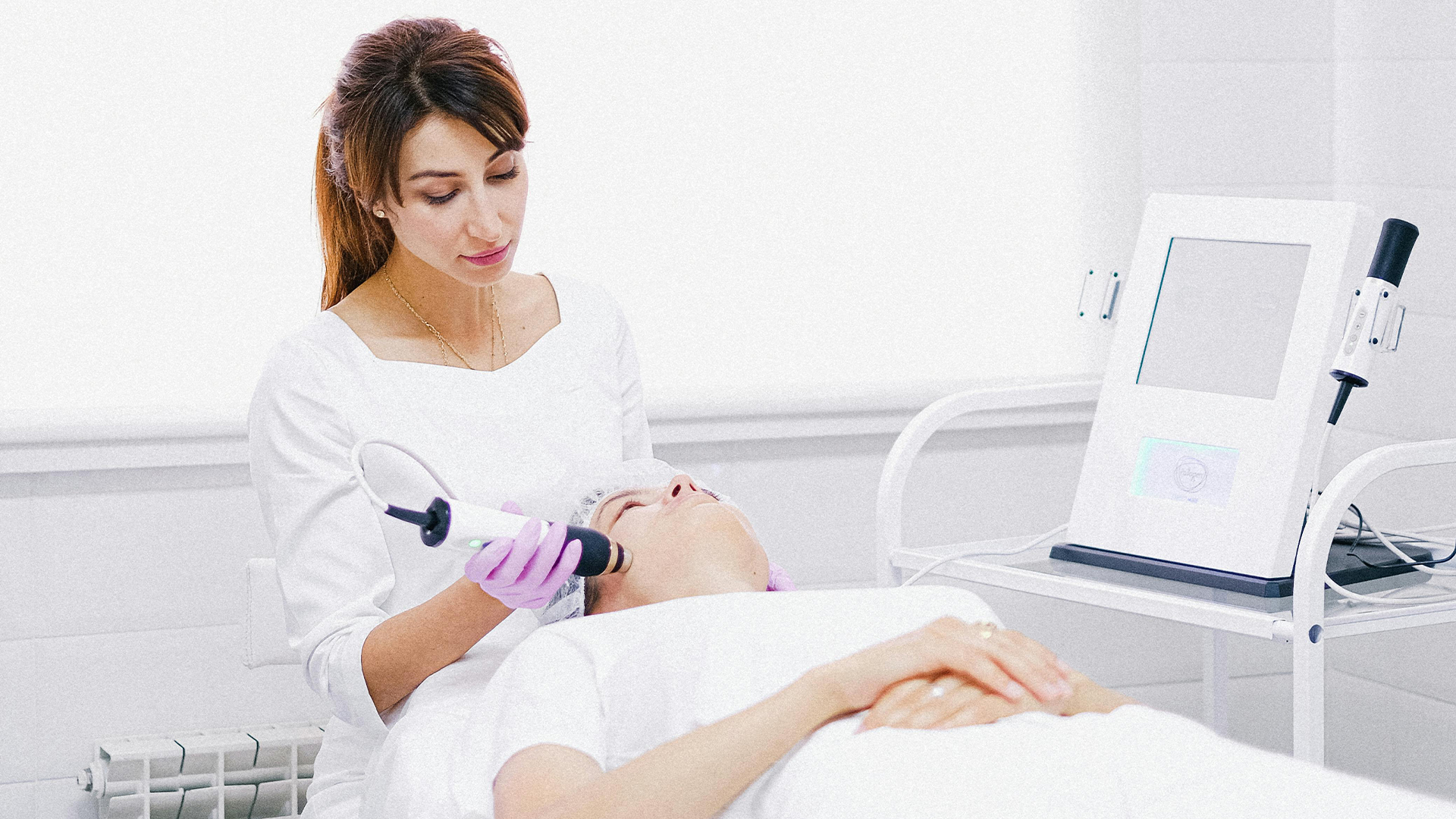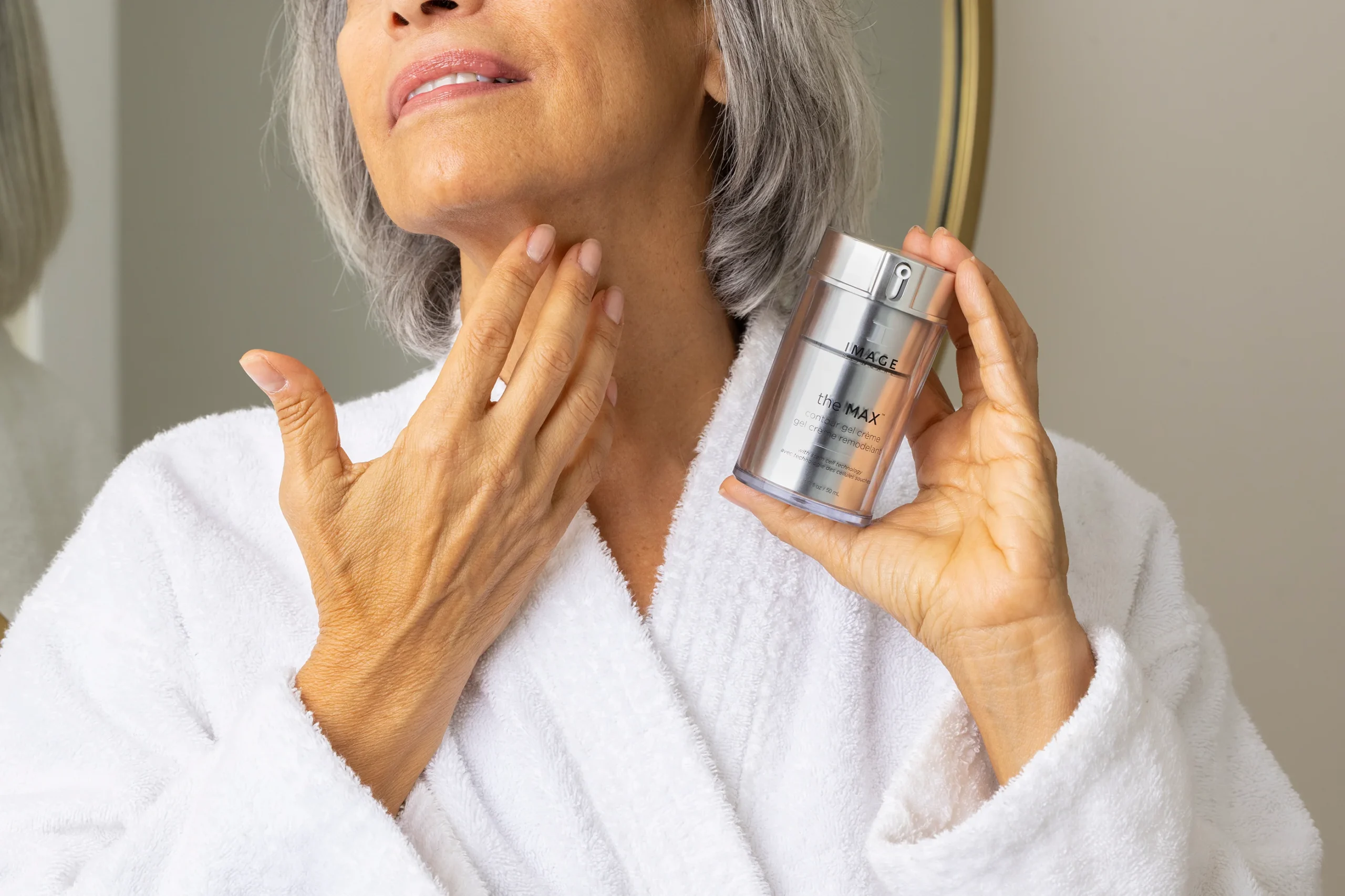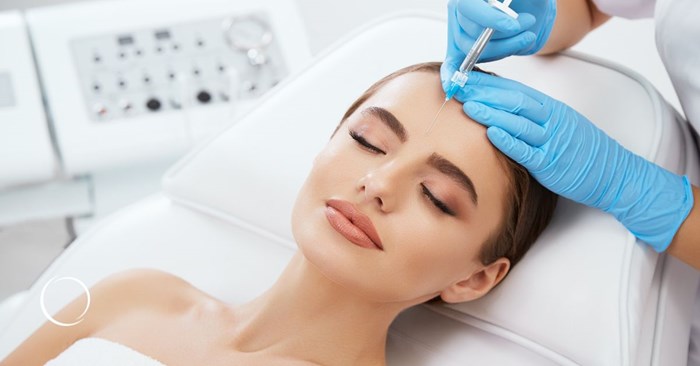In recent years, the beauty industry has witnessed a significant shift towards non-surgical cosmetic treatments. As consumers increasingly seek effective ways to enhance their appearance without the need for invasive procedures, needle-free treatments have gained immense popularity. This article explores the rise of non-surgical beauty, the various needle-free options available, and the benefits they offer for achieving a youthful and radiant look.
Understanding Non-Surgical Cosmetic Treatments
Non-surgical cosmetic treatments refer to aesthetic procedures that do not require incisions or anesthesia. These treatments are designed to enhance appearance, reduce signs of aging, and improve skin texture without the downtime associated with traditional surgery. The growing demand for non-surgical options is driven by several factors, including the desire for natural-looking results, minimal recovery time, and lower costs.
The Appeal of Needle-Free Treatments
Needle-free cosmetic treatments have become increasingly appealing for those who are apprehensive about needles or invasive procedures. These treatments offer a range of benefits, including:
1. Minimal Discomfort
Many individuals are hesitant to undergo procedures that involve needles due to fear of pain or discomfort. Needle-free treatments often utilize advanced technologies that minimize discomfort, making them more accessible to a broader audience.
2. Quick Recovery
One of the most significant advantages of non-surgical treatments is the minimal downtime associated with them. Patients can often return to their daily activities immediately after treatment, making these options ideal for those with busy lifestyles.
3. Natural Results
Needle-free treatments typically provide subtle enhancements that maintain the individual’s natural appearance. This focus on natural results aligns with the current beauty trend, where consumers prefer enhancements that look effortless and authentic.
Popular Needle-Free Cosmetic Treatments
Several innovative needle-free cosmetic treatments have emerged in the market, each offering unique benefits. Here are some of the most popular options:
1. Ultrasound Therapy
Ultrasound therapy is a non-invasive treatment that uses ultrasound waves to stimulate collagen production and tighten the skin. This technique is particularly effective for lifting and firming areas such as the face, neck, and décolletage.
Benefits of Ultrasound Therapy
- Non-Invasive: No needles or incisions are required, making it a safe option for many individuals.
- Long-Lasting Results: Results can last for up to a year or more, depending on individual factors and skin condition.
- Stimulates Collagen: By promoting collagen production, ultrasound therapy improves skin elasticity and reduces the appearance of fine lines and wrinkles.
2. Radiofrequency Treatments
Radiofrequency (RF) treatments utilize radio waves to heat the deeper layers of the skin, stimulating collagen and elastin production. This technique is effective for skin tightening and contouring.
Benefits of Radiofrequency Treatments
- Versatile Applications: RF treatments can be used on various areas of the body, including the face, abdomen, and thighs.
- Minimal Discomfort: Most patients report only mild warmth during the procedure, making it a comfortable experience.
- No Downtime: Patients can resume their normal activities immediately after treatment.
3. LED Light Therapy
LED light therapy is a non-invasive treatment that uses different wavelengths of light to target various skin concerns. This therapy can improve skin tone, reduce acne, and promote healing.
Benefits of LED Light Therapy
- Safe for All Skin Types: LED therapy is gentle and suitable for all skin types, including sensitive skin.
- Multiple Benefits: Different light wavelengths can address various concerns, such as redness, pigmentation, and signs of aging.
- Relaxing Experience: Many patients find LED therapy to be a soothing and relaxing treatment.
4. Chemical Peels
Chemical peels involve the application of a chemical solution to exfoliate the skin and improve its texture. While some peels may involve mild discomfort, many are needle-free and provide significant benefits.
Benefits of Chemical Peels
- Improves Skin Texture: Chemical peels can reduce the appearance of fine lines, sun damage, and uneven skin tone.
- Customizable Treatments: Peels can be tailored to individual skin types and concerns, allowing for personalized results.
- Quick Procedure: Most chemical peels can be completed in under an hour, making them convenient for busy individuals.
5. Microneedling with Topical Solutions
While traditional microneedling involves needles, some practitioners offer microneedling with topical solutions that do not require injections. This technique uses a device to create micro-channels in the skin, allowing for better absorption of topical serums.
Benefits of Microneedling with Topical Solutions
- Enhanced Product Absorption: The micro-channels created during the treatment allow serums to penetrate deeper into the skin, maximizing their effectiveness.
- Minimal Discomfort: When combined with topical numbing agents, this treatment can be relatively painless.
- Improves Skin Quality: Microneedling promotes collagen production and improves overall skin texture.
The Future of Needle-Free Cosmetic Treatments
As technology continues to advance, the future of needle-free cosmetic treatments looks promising. Here are some trends to watch for in the coming years:
1. Advanced Technologies
Innovations in technology will lead to the development of new needle-free treatments that offer even more effective results. Expect to see advancements in ultrasound, radiofrequency, and light therapy techniques that enhance their efficacy and safety.
2. Personalized Treatments
The trend towards personalized skincare will extend to needle-free treatments. Practitioners will increasingly use data and technology to tailor treatments to individual skin types, concerns, and goals, ensuring optimal results for each patient.
3. Increased Accessibility
As demand for non-surgical options grows, more clinics and practitioners will offer needle-free treatments. This increased accessibility will make it easier for individuals to explore their options and find the right treatments for their needs.
4. Focus on Holistic Approaches
The beauty industry is shifting towards holistic approaches that prioritize overall well-being. Needle-free treatments that incorporate wellness practices, such as mindfulness and relaxation techniques, will become more popular as consumers seek comprehensive solutions for their beauty needs.
Conclusion
The rise of needle-free cosmetic treatments marks a significant shift in the beauty industry, offering individuals effective ways to enhance their appearance without the need for invasive procedures. With options like ultrasound therapy, radiofrequency treatments, LED light therapy, chemical peels, and microneedling with topical solutions, patients can achieve youthful, radiant skin with minimal discomfort and downtime.
As technology continues to advance and consumer preferences evolve, the future of non-surgical beauty looks bright. By embracing these innovative treatments, individuals can enjoy the benefits of enhanced aesthetics while maintaining their natural beauty. Whether you’re looking to reduce signs of aging, improve skin texture, or achieve a more radiant complexion, needle-free cosmetic treatments offer a promising path to achieving your beauty goals.
